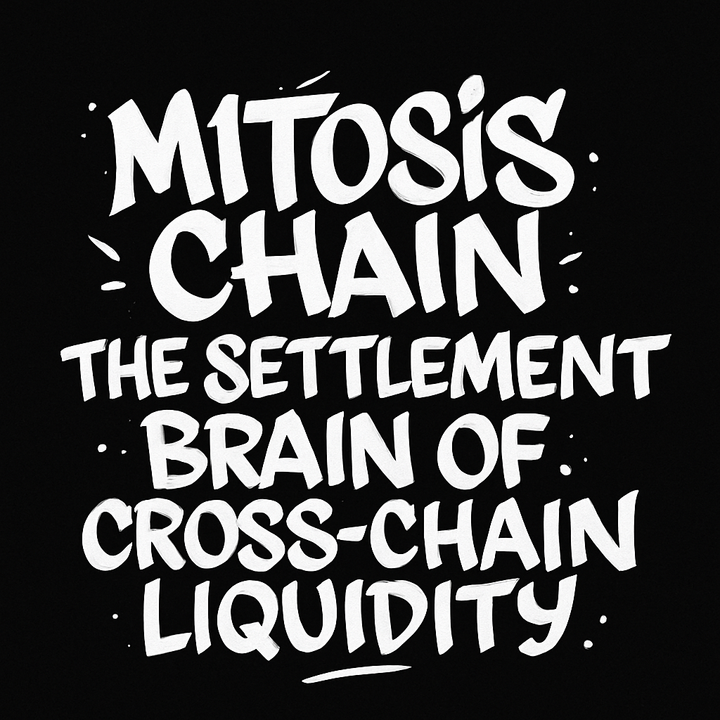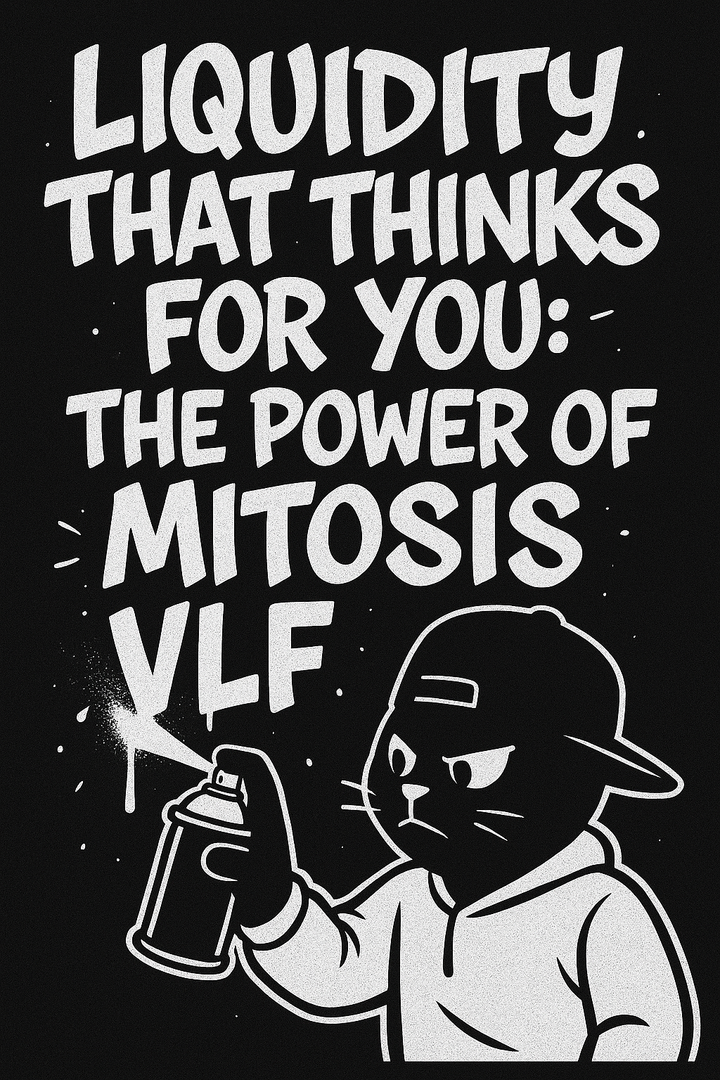Ethereum Foundation's "Trillion Dollar Security Project" Aims to Overhaul Security for Global Adoption

The Ethereum Foundation has launched the "Trillion Dollar Security (1TS) Project," an ambitious, ecosystem-wide initiative to upgrade the Ethereum network's security for its next phase of global adoption. The project's goal is to build an ecosystem where billions of individuals can comfortably hold over $1,000 on-chain, and large institutions can trust it with trillions of dollars in value. The first output of this project is a detailed report outlining the most critical security challenges, based on extensive feedback from users, developers, security experts, and institutions.
This report identifies six key categories of vulnerabilities: User Experience (UX), Smart Contract Security, Infrastructure and Cloud Security, Consensus Protocol, Monitoring, Incident Response & Mitigation, and Social Layer and Governance. The next phase will involve identifying solutions, prioritizing critical issues, and collaborating across the ecosystem to implement fixes.
Deep Dive Analysis: The "So What?"
More than a catalog of vulnerabilities, this report serves as a forward-looking strategy for making Ethereum truly ready for global scale. It examines technical vulnerabilities, governance challenges, and anticipates emerging threats—showing that Ethereum must evolve across all layers of its stack to support trillions in value securely.
The User is the Weakest Link
Security begins at the edge of the system: the user interface. While Ethereum's underlying cryptography and consensus have matured significantly, the user experience (UX) layer remains fragile.
- Key Management: Software wallets rely on insecure practices like plaintext seed storage. Hardware wallets, though safer, are vulnerable to loss, theft, or compromised supply chains. Institutional users face added complexity with personnel turnover and compliance requirements.
- Blind Signing: Users often approve transactions without understanding what they're authorizing, due to opaque hexadecimal data and unclear UIs. This enables phishing, scams, and user error.
- Approval Risks: Unlimited token approvals—often granted unknowingly—can remain active indefinitely, creating long-tail vulnerabilities if a dApp is later compromised.
- Fragmentation of Wallet UX: Wallets differ in how they display transactions, permissions, and contract info. This inconsistency makes it harder for users to develop safe habits and spot fraud.
- Privacy Gaps: From address reuse to metadata leaks, weak privacy exposes users to tracking, targeting, and regulatory risks. Institutions may also face compliance issues if their use of Ethereum lacks sufficient confidentiality.
- Frontend Vulnerabilities: Web frontends can be compromised via DNS hijacking, CDN attacks, or malicious JavaScript. Users trust these interfaces, yet they’re one of the weakest security points in the stack.
The Specter of Centralization
Ethereum's decentralization is strong in principle, but various layers of the stack remain worryingly centralized:
- Infrastructure Dependency: A handful of RPC and cloud providers (e.g., Infura, AWS, Cloudflare) serve most wallets and apps. Their failure or censorship could sever user access overnight.
- Validator Concentration: Liquid staking and custodial services have accrued massive validator weight. This increases the risk of governance capture, infrastructure monoculture, and censorship.
- Real-World Asset Anchors: Stablecoins and tokenized assets rely on centralized institutions. In contentious forks, these institutions could dictate which chain “wins” simply by recognizing one token version.
Preparing for Future Threats
Ethereum must look beyond today’s problems and prepare for systemic future risks:
- Quantum Threats: Ethereum’s
secp256k1signature scheme could be broken by quantum computers in the future. Migration paths to quantum-safe cryptography must be researched and integrated years in advance. - AI-Created Vulnerabilities: As developers increasingly use AI to write and refactor smart contracts, there’s a growing risk of introducing bugs or logic flaws that escape human review.
- Economic & Game-Theoretic Attacks: Validators could engage in “griefing,” strategic exits, or collusion to extract MEV or disrupt consensus. These attack vectors are still underexplored.
Layer 2 Alignment Is the Key to Scaling
Security alone isn’t enough, Ethereum must scale. And that’s where Layer 2 (L2) networks come in.
Ethereum’s base layer is intentionally limited in throughput to preserve decentralization and robustness. But without significant scaling, it cannot support billions of users or trillions in value transacted daily.
The L2s that will win are those most aligned with Ethereum’s values:
- Open-source, community-owned, and censorship-resistant
- EVM-compatible for developer familiarity and composability
- Secured by Ethereum for data availability and finality
Examples of this alignment can be seen in projects like, Arbitrum which is on it way to become a stage 2 rollup-here, Optimism, which emphasizes retroactive public goods funding and shared sequencing; or zkSync and Scroll, which focus on cryptographic integrity and EVM fidelity. The long-term success of Ethereum is dependent on these networks becoming seamless extensions of the base layer—not silos with fragmented trust.
Ecosystem Collaboration: Security Is Everyone’s Job
While the Ethereum Foundation initiated the 1TS project, the report underscores that no single entity can “secure Ethereum.” Wallet developers, L2 builders, client teams, infrastructure providers, governance participants, and users must all contribute. Initiatives like shared threat intelligence, common audit standards, and wallet UX unification require cross-team coordination.
Client Diversity: A Quiet but Crucial Defense
Ethereum's multi-client architecture is a major differentiator—but it must be maintained. The network is currently protected by execution and consensus clients like Geth, Prysm, Lighthouse, and Teku. Relying too heavily on one client creates monoculture risks: a bug in a dominant client could stall the chain or lead to slashing penalties.
Promoting usage of minority clients, improving compatibility testing, and incentivizing diversity in node operators are all crucial components of long-term security.
Insurance, Recovery, and Institutional Maturity
Unlike traditional finance, Ethereum lacks robust systems for risk transfer and incident recovery. When things go wrong—whether via hacks, rug pulls, or dApp errors—users often face total loss.
Emerging solutions like Nexus Mutual, and Chainproof aim to fill this gap, but adoption is slow. For Ethereum to serve institutional capital, insured custody, compensation frameworks, and faster incident response protocols must become standard.
Real-World Asset (RWA) Integration: A Double-Edged Sword
The growth of tokenized treasuries, real estate, and stablecoins is expanding Ethereum’s economic relevance—but also raising new centralization and compliance challenges.
Large asset managers like BlackRock and Franklin Templeton are experimenting with Ethereum-based RWAs. But these assets introduce offchain dependencies, require trusted oracles, and often rely on regulatory gatekeepers. Ethereum must strike a careful balance between embracing RWAs and preserving permissionless neutrality.
SharpLink Gaming Makes Historic Ethereum Bet
In a milestone moment for Ethereum’s institutional adoption, SharpLink Gaming has acquired 176,271 ETH for $463 million, officially becoming the largest publicly traded ETH holder globally.
This move marks a shift in corporate treasury strategies—from Bitcoin-first to Ethereum-first—and signals increasing confidence in Ethereum’s long-term viability as a programmable settlement layer.
How Will We Know It’s Working?
As Ethereum enters its security-focused era, it’s important to track progress. Success metrics could include:
- Fewer user losses from phishing or poor UX
- Higher audit and formal verification coverage across dApps
- More diverse validator and client participation
- Reduced reliance on centralized infra (RPCs, cloud hosts)
- Greater institutional use of on-chain insurance
- Broader adoption of aligned Layer 2 solutions
Ethereum’s path to securing trillions isn't just technical—it’s also social, political, and economic.
Call to Action
The Ethereum Foundation is calling on developers, researchers, node operators, security firms, and users to help fortify Ethereum.
📩 Contribute your insights or proposals: trilliondollarsecurity@ethereum.org
Security is not a feature it’s a shared responsibility. And Ethereum, if it is to serve the world, must first earn the world’s trust.
Reference:
Ethereum Foundation: Trillion Dollar Security Project Report, June 2025
Similar Article
Ethereum’s Scaling Ambitions vs. the End of Foundations: A Crypto Crossroads
Other Articles
The Ethics of Immutability: "Code is Law" and Its Consequences
🔒 Smart Contracts: Redefining Trust Through Code
From Anarchy to Autonomy: Reimagining Society Through Blockchain and Web3
Navigating GDPR and Public Blockchain: Challenges and Solutions
Privacy vs. Transparency: Balancing Blockchain’s Open Ledgers with Personal Rights
Tokenization of Real World Assets (RWA): How Blockchain Is Opening the Doors to Traditional Finance



Comments ()